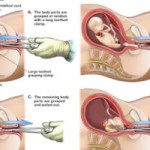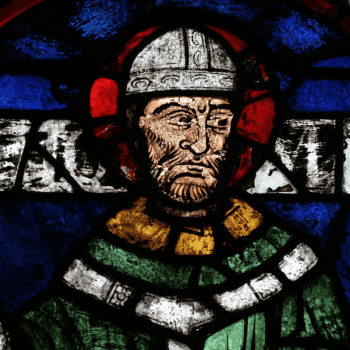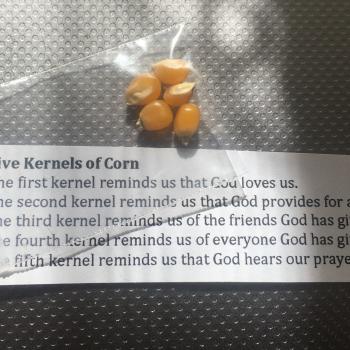Foghorn alert #2: The message of Colossians 1:15-17 and laminin—the molecule that looks “like a perfectly shaped cross” and points to the cross of Christ, which holds the universe together.
Denomination and location: nondenominational, Atlanta
I was recently made aware of a sermon series about “the glory of God in the human body,” which was given several years ago by a man who leads a large following of Christians. The last five minutes of one particular sermon continues to be shared on various social media platforms, has tens of thousands of shares on YouTube, and is still cited as an example in Sunday school classes and sermon series nationwide.
The message takes both science and the Bible out of context to support an argument. But when used in their proper context they actually disprove the very argument the speaker made.
The practice of proof-texting is all too common today and dangerous. It is the practice of taking scripture out of context and using it as a pretext to support a speaker’s viewpoint or agenda. In this case, Colossians 1:17 is being misused to support the notion that the cross of Christ holds the universe together like a molecule holds our body together.
Here’s the claim made by the speaker: “I will tell you how you can know that God will always hold you together no matter what. It’s by looking a little deeper into the human body, and it’s called laminin.”
Laminin, a cell adhesion molecule, he says, is “like the rebar of the human body, … it holds your membranes together.” Then he suggests that we Google laminin to find out what it is and looks like.
After first seeing one image he said, “I am so excited, I am beside myself. I cannot believe what I’m seeing.” Next he put up two images on the screen:
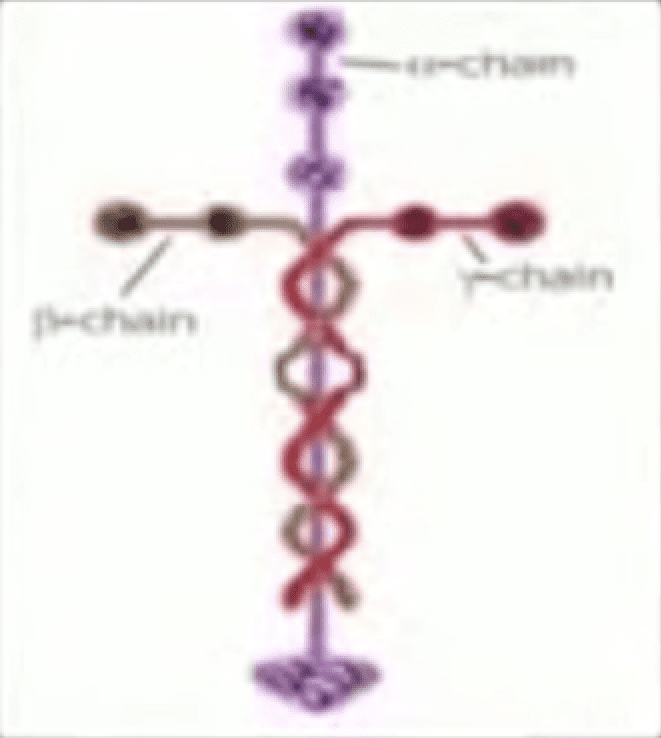

“The stuff that holds our bodies together, that’s holding the linings of your organs together,” he said, “holding your skin on, is in the perfect shape of the cross of our Lord Jesus Christ. And immediately I’m thinking about the words of Paul in Colossians 1 when Paul is talking about the supremacy of Christ … and he says by him all things have been created, things in heaven and things on earth all things were created by Jesus and for Jesus. In Jesus Christ all things hold together.”
He is referring to Colossians 1: 15-17, which states:
“The Son is the image of the invisible God, the firstborn over all creation. For in him all things were created: things in heaven and on earth, visible and invisible, whether thrones or powers or rulers or authorities; all things have been created through him and for him. He is before all things, and in him all things hold together.”
Taking the speaker’s advice, I searched online (using Duck Duck Go, we really should not be using Google) and found images of laminin published by the National Academies of Science posted by NewLifeExchange.com, which critiqued this argument in 2017:
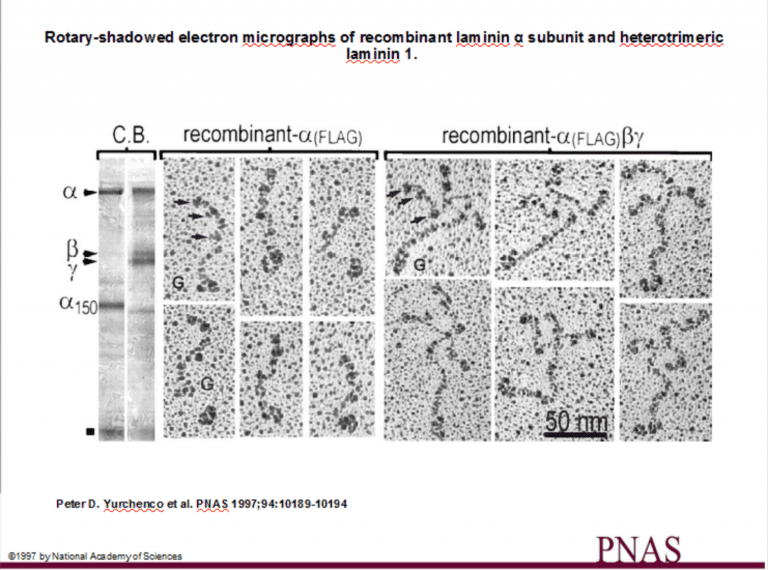
In none of these images is there a “perfect shape of the cross of our Lord Jesus Christ.”
According to New Life Exchange, the claim made—“the perfect shape of the cross of our Lord Jesus Christ” — “is not supported by the empirical facts.”
This is correct. How can we as Christians expect to be taken seriously if we cannot present basic facts accurately? If we are told to search for something online and see that it is not what is being presented, what conclusion are we to make about the message? Either the speaker doesn’t know what he is talking about—or he is purposefully misguiding his audience and not following his own advice?
Remarkably, the video of the sermon captures the audience’s shouts of joy, cheering and clapping—a sad depiction of what Charles Spurgeon calls, fog in the pews.
New Life Exchange goes on to say,
“… we must concede there exist too many variable laminin shapes to conclude that laminin proteins are exclusively cross-shaped. Therefore, the argument that a cross-shaped protein is referenced in Colossians 1:17 is inconsistent with the facts. Even if all laminin proteins were exclusively cross-shaped it would still not be the meaning of Colossians 1:17.
“The ‘message of the cross’ (1 Corinthians 1:18) is Christ who died in our place and purchased our salvation. In Colossians 1:22, just a few verses away from verse 17, we read how God reconciled the world by Christ’s physical body through death to present you holy in his sight. It is not the cross itself, but the Christ of the cross that has reconciled us to God and it is Christ, not the cross, that all things hold together.”
This is certainly correct. It also highlights the problem of proof-texting. By the way, no text in the entire Bible teaches that the cross holds the universe together.
(Answers in Genesis also offers a critique on laminin, noting that “multiple websites selling T-shirts, mouse pads, stickers, coffee mugs, and a host of other items with a picture of the laminin protein… [which]… usually include a catch phrase such as “Great designers always leave their mark” or “Fingerprint of The Creator.”)
The mist from the pulpit results from the proof-texting of Colossians 1. The text does not say that the cross of Jesus holds the universe together. Colossians 1:15-17 is talking about the supremacy and preeminence of Christ, not the cross of Christ.
Whenever we hear someone in authority from a church who says something that isn’t in the Bible, or makes scripture appear to mean something other than what the text says, we must remember Spurgeon’s analogy, “If there is mist in the pulpit there is a fog in the pew.”
This foghorn alert seeks do that by encouraging us to remember what the true purpose of preaching is—and encourage us to beware of mist in the pulpit and fog in the pew.



